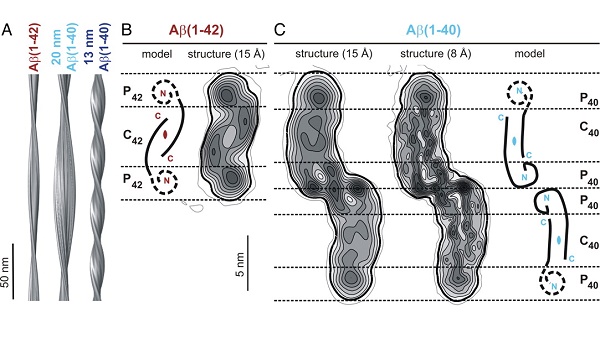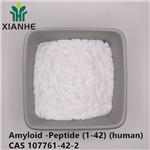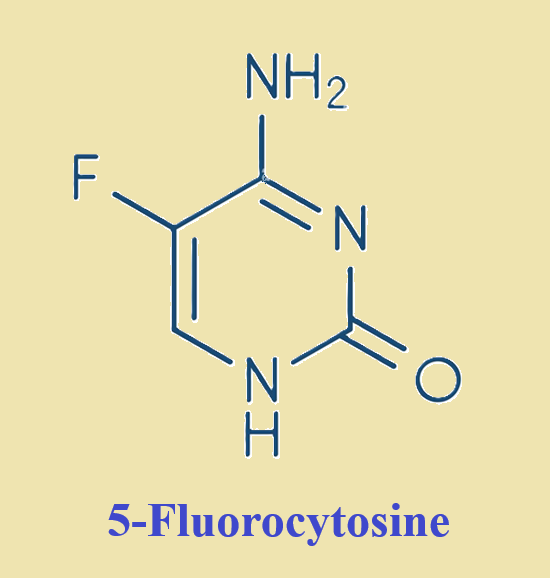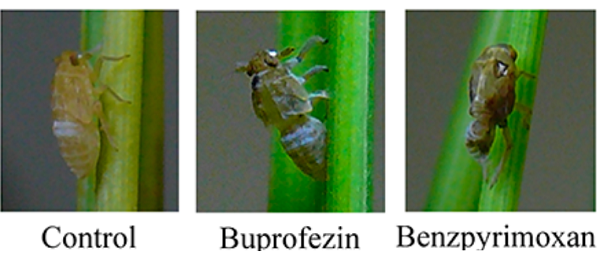What is the difference between Aβ(1-42) and Aβ(1-40)?
Feb 22,2024
Oxidative stress, manifested by protein oxidation, lipid peroxidation, DNA oxidation, and 3-nitrotyrosine formation, among other indices, is observed in Alzheimer's disease (AD) brain. Amyloid β-Peptide (1-42) [Abeta(1-42)] may be central to the pathogenesis of AD. Researchers have implicated Abeta(1-42)-induced free radical oxidative stress in the neurodegeneration observed in AD brain[1].

Deposition of amyloid β (Aβ) in the brain is a pathological hallmark of Alzheimer's disease. Aβ is an aggregation-prone and toxic polypeptide with 39-43 residues derived from the amyloid precursor protein proteolysis process. Two major isoforms of Aβ exist: the 42-residue Aβ42 and the 40-residue Aβ40. The only difference between Aβ42 and Aβ40 is that Aβ42 has two extra residues at the C-terminus. The amyloid plaques in Alzheimer's brains consist mainly of Aβ42 and some plaques contain only Aβ42, even though Aβ40 concentration is several-fold more than Aβ42[2-3].
References
[1] Butterfield, D Allan. “Amyloid beta-peptide (1-42)-induced oxidative stress and neurotoxicity: implications for neurodegeneration in Alzheimer’s disease brain. A review.” Free Radical Research 36 12 (2002): 1307–13.
[2] Lei Gu, Zhefeng Guo. “Alzheimer’s Aβ42 and Aβ40 peptides form interlaced amyloid fibrils.” Journal of Neurochemistry 126 3 (2013): 305–311.
[3] Tian Qiu. “Aβ42 and Aβ40: similarities and differences‡.” Journal of Peptide Science 21 7 (2015): 522–529.
- Related articles
- Related Qustion
Yes. The therapeutic fluoropyrimidines 5-fluorouracil (5-FU) and 5-fluorocytosine (5-FC) have long been used to treat human cancer and severe invasive fungal infections, respectively.....
Dec 16,2024Biochemical EngineeringBenzpyrimoxan was discovered as a novel insecticide structurally characterized by a pyrimidine derivative substituted with 1,3-dioxanyl and 4-trifluoromethylbenzyloxy groups.....
Feb 22,2024Chemical pesticides ?Amyloid β-Peptide (1-42) (human)
107761-42-2You may like
Amyloid β-Peptide (1-42) (human) manufacturers
- TB500
-

- $1.00 / 10g/ml
- 2025-10-28
- CAS:
- Min. Order: 1kit
- Purity: 99.9%
- Supply Ability: 100KG
- Amyloid -Peptide (1-42) (human)
-

- $0.00 / 1kg
- 2025-10-27
- CAS:107761-42-2
- Min. Order: 1kg
- Purity: 0.99
- Supply Ability: 1000kg
- beta-Amyloid (1-42) human
-

- $0.00 / 1G
- 2025-10-27
- CAS:107761-42-2
- Min. Order: 1G
- Purity: ≥98% HPLC
- Supply Ability: 100KG






